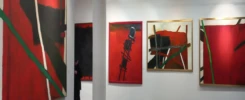Throughout human history, artists have always been fascinated by the natural world. They are eager to depict it in idyllic landscapes or stirring storms and tempests, for example. Artists are close to the fate of the environment, so they are eager to get involved in issues related to pollution or climate change.
Art as a tool of social influence
As early as Paleolithic times, paintings on rocks depicting nature, animals or plants appeared, which were important elements of the lifestyle of the time. As art and its forms developed over the centuries, elements of the natural world appeared in various forms of artwork. Artists influence perceptions of religion, economics, politics and tourism as well as environmental issues. Works of art are powerful tools of environmental activism, informing people about important issues that make them think.
What is environmental art?
Ecological art is a trend practiced by artists in various fields of art who are inspired by nature or use it as an element in artworks. In this way, they encourage us to care for the planet and think about the consequences of our behavior and daily choices. Nature becomes a work of art to raise awareness of the damage we are doing to our planet and to mobilize us to take action.
Air and ocean pollution, deforestation, global warming and the consequences of mass consumption are all important environmental topics that contemporary environmental art artists are also addressing. Through sculpture, painting, photography, dance or theater, they depict important topics and encourage change. They use natural and sustainable materials such as stones, branches, earth or leaves.
Goals of ecological art
Through the use of ecological themes in their works, artists aim to:
– raise awareness of the dangers facing our planet;
– encourage conversation and conservation of nature;
– engage politicians in the fight against global warming and its effects.
Works of art pay tribute to nature
Many artists have the welfare of our planet at heart. This group includes:
– Herman de Vries – a Dutch sculptor whose works depict natural objects from around the world and highlight natural biodiversity.
– Andy Goldsworthy – a British sculptor and photographer who uses photographs to track the life cycle of a variety of materials and creates works from rocks, leaves, pine needles or branches.
– Tan Zi Xi – a Singaporean artist – creates expressive collections of works consisting of plastic trash discarded by the ocean.
– Gavin Turek – a conceptual artist who redefines the purpose of disposable objects, uses them to comment on the wastefulness of society. By doing so, he draws attention to the problem of mass production and consumption.
– Marek Kotarba – an interdisciplinary artist, who also refers to nature in his works called Kotarbanami.
An interesting pro-ecological project was the organization of an exhibition in urban space, in the Gallery Przystanek located on Wilson Square.
The artist at the exhibition titled ” Żoliborz in flowers” displayed a dozen or so works depicting exaggerated floral motifs, which provoked a lively reaction among Warsaw residents.








